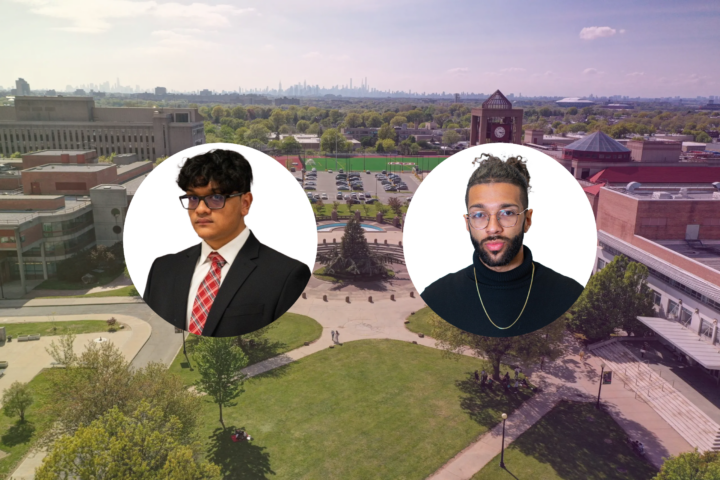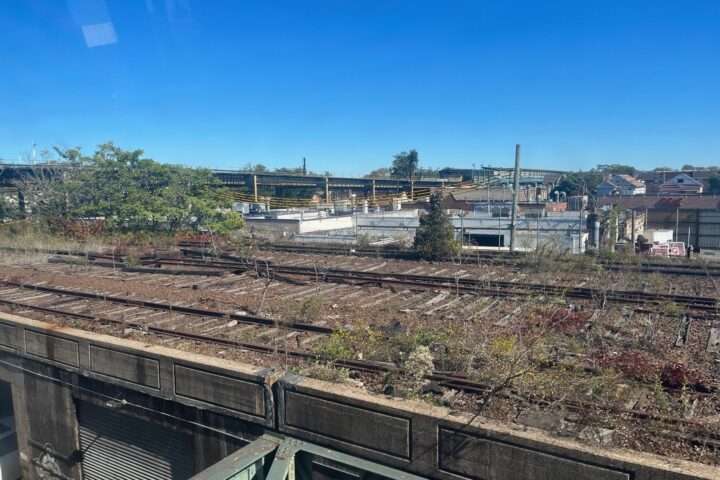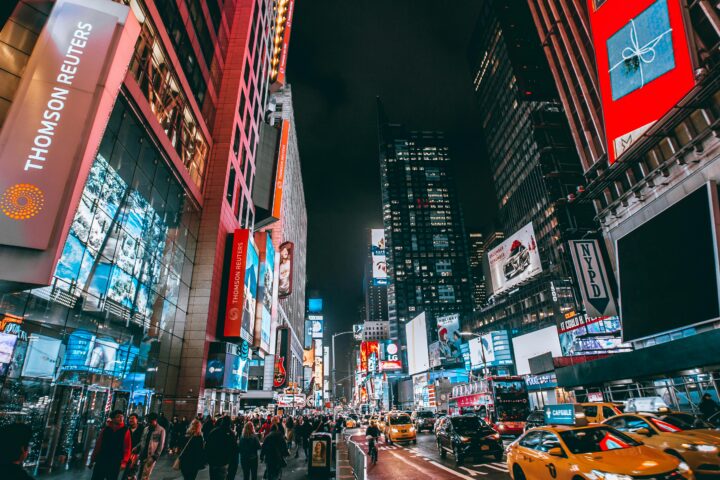On March 3rd, Queens Borough President Donovan Richards delivered his first State of the Borough address since assuming power last December. The address, organized in accordance with public health guidelines, served as a reflection on the past year as well as a roadmap for the borough in the months to come.
As was to be expected, Richards began his speech with a nod to the COVID-19 pandemic. He mourned the losses sustained by the borough – the most in the city – but in the same breath struck a grateful note in his acknowledgement of Queens’ health workers, who he called “our borough’s greatest asset.” Still, Richards didn’t lose sight of the fact that “we had ample time to prepare. In fact, we had years.” He lamented the woeful state of Queens’ public health resources, citing figures of 1.72 hospital beds for every 1,000 residents and four hospital closures in the last 12 years, and pledged to ensure that Queens is prepared lest another pandemic arises. This effort, said Richards, hinged upon embarking on a “campaign of trust” between the borough administration and communities which have grown distrustful of the public health system.
Richards then pointed to another casualty of the pandemic: Queens’ small businesses. He spoke of a joint effort between his office, the New York City Economic Development Corporation, New York Mets owner Steve Cohen, and various nonprofits to create the Queens Small Business Grant Program. This program, under Richards’ guidance, has worked to provide economic relief for businesses which were particularly hard-hit in the wake of the pandemic. Richards isn’t solely focused on coronavirus-related stopgaps, though. He also laid out a plan for the borough’s businesses to prosper post-pandemic. The long-term goals of Richards’ administration include “closing the digital divide” – that is, making sure Queens businesses are technologically integrated. The actions of Richards’ administration in the economic arena will be predicated on the philosophy that “not only must Queens be open for business, it must [also] be conducive to business.”
The economic trials of Queens have had ramifications elsewhere. Richards noted with regret that “The economic crisis that this pandemic has brought has dovetailed with the housing crisis.” He recognized that the issues cropping up in tenant-landlord relationships have been bilateral and that “Yes, there are scrupulous landlords out there.” Going forward, Richards hopes to create 2,000 new affordable senior housing units and allocate a portion of his budget to NYC Housing Authority (NYCHA) campuses.
It was in his discussion of energy and utilities that Richards’ most ambitious plans came to light. He aims, in the short term, to roll out a fully electric bus fleet in Queens. Furthermore, he hopes to make Queens fully renewable by 2030. To accomplish this, he set his sights on converting such locales as Rikers Island, the Edgemere Landfill, and the Creedmoor Campus into renewable energy generators serving the borough.
Richards’ address revealed a man who, like his constituents, wants nothing more than to leave the pandemic and all of its concomitant hardships behind. All that he seems to want to retain are the lessons which have informed his sweeping, if somewhat lofty, visions of Queens as he and his team have imagined it.











